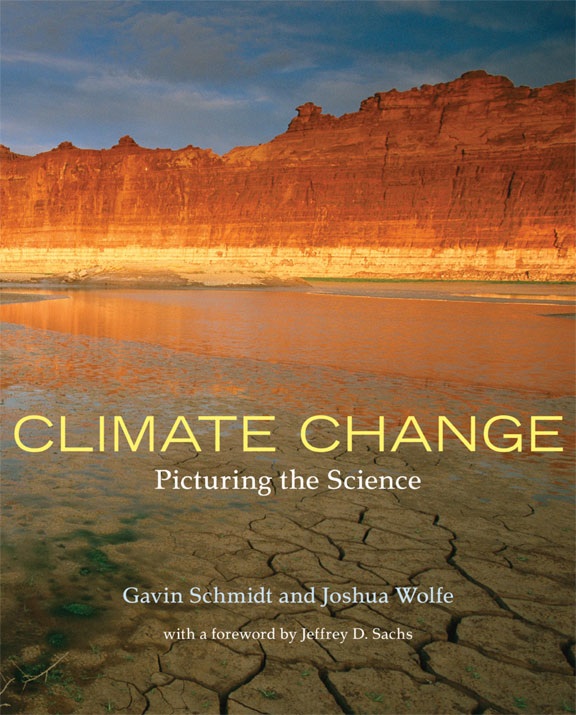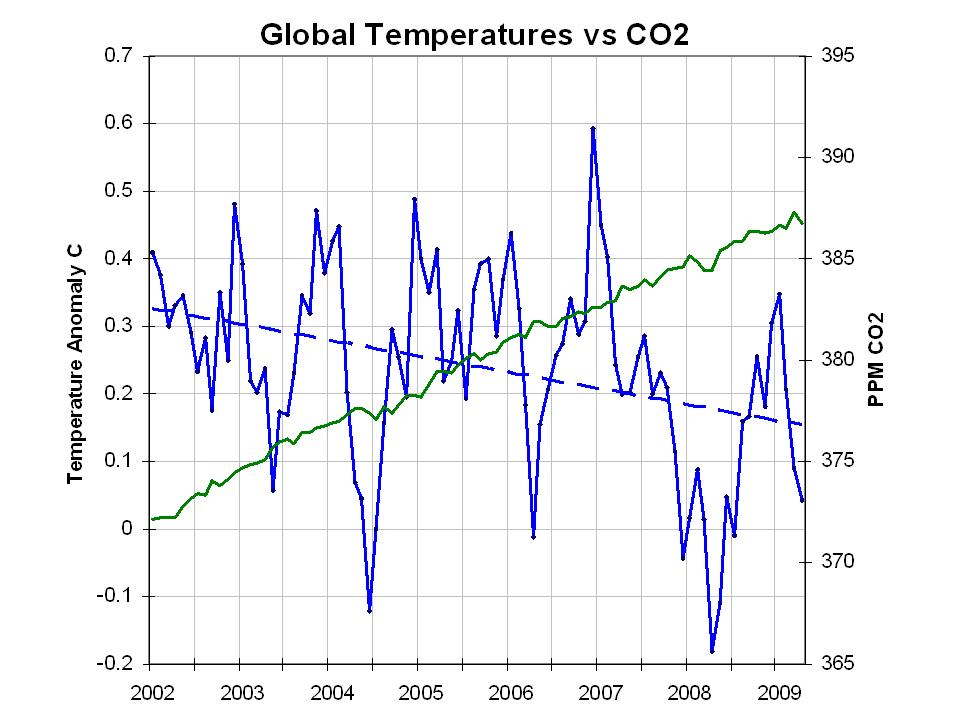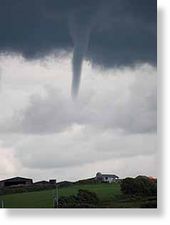
© Gavin Schmidt and Joshua WolfeLike that of all reservoirs in the American West, the water level of Lake Powell has fluctuated since the day it was dammed.
What follows is an open letter to the
Salon writer Peter Dizikes, who recently published an article about a new book by NASA scientist Gavin Schmidt on climate change.
Dear Mr. Dizikes:
I recently read your overview of Gavin Schmidt's new book as well as your interview with him on
Salon.
I was surprised to see that you consider the effects of manmade global warming to be "oddly invisible." Having studied the subject for a couple of years now, while performing my own research, it has been my observation that newspapers, magazines, and television news sources show images of supposed manmade climate change on a daily basis. Such images include: floods, polar bears, glacial calving, etc. If anything, images of global warming might be said to saturate western media.
As with so many other products generated by the AGW industry, Schmidt's book
Climate Change: Picturing the Science is part of an ongoing effort to frighten the credulous.
Its messages include: weather will kill you; our moment on Earth is unique; and climate did not used to change.










